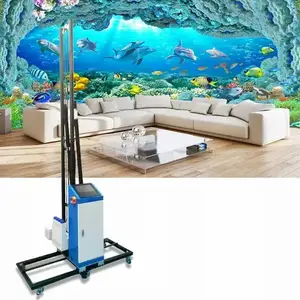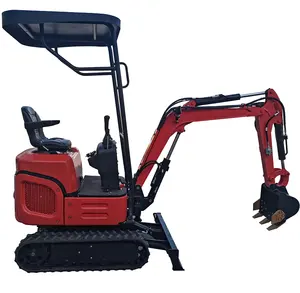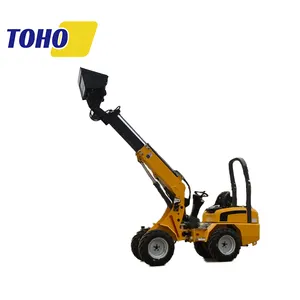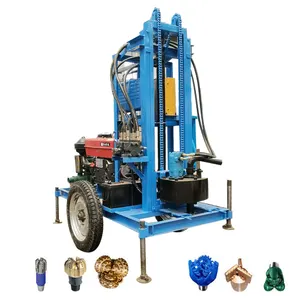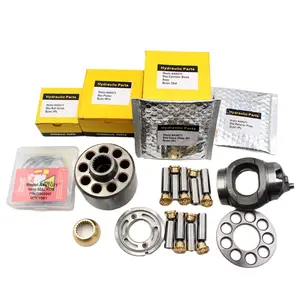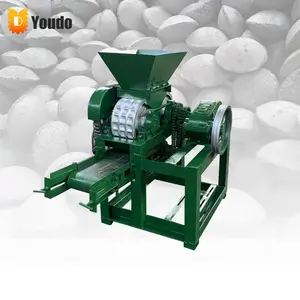Popular en tu industria






Nuoman crawler mini excavadora retroexcavadora remolcable 800 kg
EUR 1,853.96
Pedido mínimo: 1 conjunto


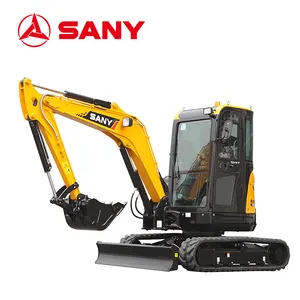



SANY-miniexcavadora SY35U, SY26U, SY50U, SY16C, SY18C, completamente nueva, para granja forestal en interiores
EUR 7,415.83 - EUR 23,174.45
Pedido mínimo: 1 conjunto







Precios de miniexcavadora de 5 toneladas y 6 toneladas con función de oscilación lateral
EUR 5,088.19 - EUR 6,487.92
Pedido mínimo: 1 conjunto







Entrega gratuita de mini excavadoras rippa 3,5 toneladas excavadoras pequeñas de granja hidráulica
EUR 2,317.45
Pedido mínimo: 1 conjunto







Minicargador de arroz de 1 tonelada y 2 toneladas, máquina de excavación pequeña con oruga de 3,5 toneladas
EUR 1,668.57 - EUR 1,853.96
Pedido mínimo: 1 conjunto
Envío por pieza: EUR 4,634.89







Chuangxin-Excavadora pequeña de 1,2 toneladas, mini excavadora con motor Euro 5 oscilante
EUR 7,415.83 - EUR 7,601.22
Pedido mínimo: 1 conjunto







Barato Japón 3,5 toneladas pequeño Kubota u35 mini japonés usado retroexcavadora para la venta Shanghai China exportación
EUR 1,835.42 - EUR 3,318.59
Pedido mínimo: 1 acre






Mini excavadora XINIU XN18 de rinoceronte, excavadora de 1,8 toneladas con motor japonés
EUR 10,011.37 - EUR 10,196.76
Pedido mínimo: 1 unidad






Venta al por mayor usados japoneses excavadora larga llegar brazo 1,2 ton mini excavadora pequeños excavadora para la venta
EUR 461.64
Pedido mínimo: 2 conjuntos






18 Epa Ce Euro 5 japonés Kubota Yanmar motor chino Xiniu Mini excavadora máquina 1.8ton 2tton excavadora para la venta
Listo para enviar
EUR 926.06 - EUR 1,379.35
Pedido mínimo: 1 acre
Envío por pieza: EUR 480.85






Minimáquina de construcción de Excavadora hidráulica pequeña CAT 306E, nueva y usada
EUR 7,415.83 - EUR 10,196.76
Pedido mínimo: 1 unidad






100% original japonés mini DOOSAN DX60W excavadora de ruedas/nuevo precio bajo Venta caliente excavadora de ruedas multifuncional DX60
EUR 7,415.83 - EUR 9,269.78
Pedido mínimo: 1 unidad
Categorías principales
Sobre nueva mini excavadora japonesa
Alibaba.com ofrece los productos 7655 nueva mini excavadora japonesa. Una amplia variedad de opciones de nueva mini excavadora japonesa está disponibles para usted, como por ejemplo francia, los estados unidos y canadá. También puede elegir de obras de construcción, granja y uso en el hogar nueva mini excavadora japonesa, así como de motor, motor y de la bomba nueva mini excavadora japonesa.Y si nueva mini excavadora japonesa es 1ton, 1.2ton o 1.8ton.
